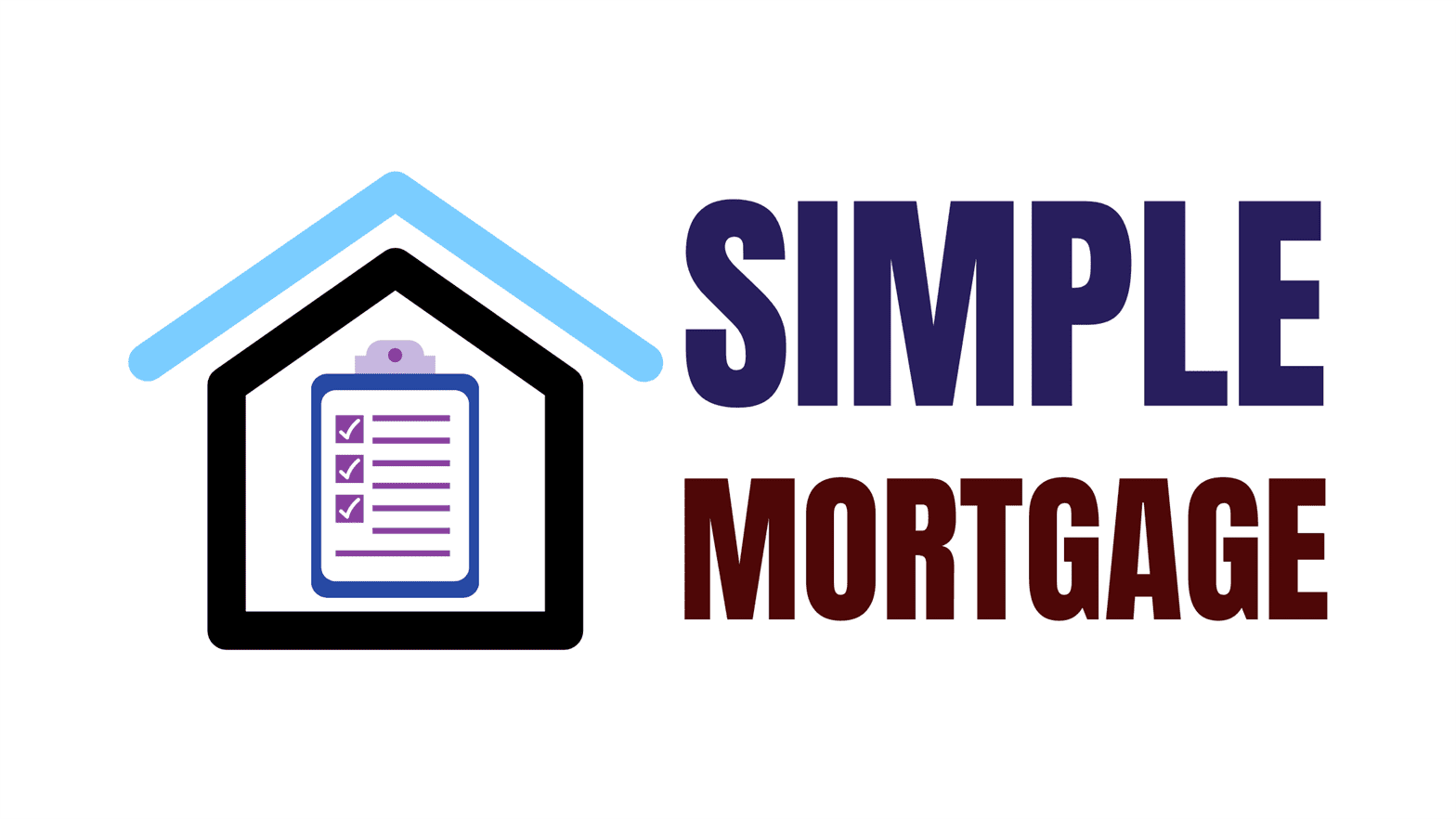Simple Mortgage:
Introduction:
A mortgage is defined as the transfer of an interest in a specific piece of real estate to guarantee the repayment of funds advanced or to be offered as a loan, the payment of existing or future debt, or the performance of an agreement that may result in financial liability under Section 58 of the Transfer of Property Act, 1882.
The instrument by which the transfer is affected is known as the mortgage deed. The transferor is known as a mortgagor, the transferee as a mortgagee, and the principal amount and interest for which the payment is currently secured are the mortgage money.

Essentials Of Mortgage:
- Transfer of Interest: A mortgage means transferring an interest in a specific moveable item. When mortgaging his property to secure a loan, the mortgagor, who has possession of the entire interest in the property, only cedes a portion of that interest in favor of the mortgagee. The mortgagee reduces the mortgagor’s claim to the amount mortgaged after the mortgage becomes paid off; his ownership also temporarily decreases. The mortgage transferee can recoup the amount lent to the mortgagor when the mortgagor transfers his property under the rights granted to the mortgagee.
- Specific Immovable Property: In the mortgage deed, the property that will become mortgaged must be specifically mentioned. If the mortgagee files a lawsuit alleging that the mortgagor has failed to make loan payments, the court may order the sale of the specific property the mortgagor mortgaged.
- Securing the Payment of a Loan: A mortgage transaction involves the execution of duties or the settlement of a loan. The mortgagee and the mortgagor share the relationship between a debtor and a creditor.
However, suppose the debtor takes out a loan from the creditor and includes a stipulation prohibiting the creditor from selling the mortgaged property before the loan gets paid back. In that case, there is no mortgage because there is no transfer of interest in the mortgaged property. The fundamental distinction between a sale and a mortgage is that a sale involves the whole transfer of rights, whereas a mortgage only consists of a portion of the rights that might transfer.
The following are the three critical components of a mortgage:
- After paying back his debt, the mortgagor can reclaim ownership of the property he mortgaged.
- If the obligation is not paid, the mortgagee can sell the property.
- The mortgagee forfeits any interest in the mortgaged property upon fully paying the obligation.
Rights Of The Mortgagor:
- Rights of Redemption: The mortgaged property may be recovered by the mortgagor if;
- He pays back the loans on schedule and in full.
- Neither the court nor the parties to the transaction has revoked his right to recover the mortgaged property.
The following rights belong to the mortgagee who redeemed the mortgage:
- He is entitled to all the legitimate legal documents that he acquired during the execution of the mortgage deed.
- By English mortgage law, he also has the right to take possession of the mortgaged land from the mortgagee.
- Additionally, he is entitled to retrieve the property he mortgaged at his own cost or through a third party with his permission.
- Accession to Mortgaged Property: If the mortgagee made any changes to the mortgaged property while it was under his control, then, upon full repayment of the mortgage, the mortgagor will receive the parcel back with all of the changes if nothing else is expressly stated in the contract.
- Right to Transfer to Third Party: The mortgagor requires the mortgagee to transfer the mortgaged property to a third party upon the mortgage repayment.
- Right to Document Inspection and Production: The mortgagor can examine and track all title documents in the mortgagee’s possession.
Rights Of The Mortgagee:
- Mortgagee’s Right to Sue for Mortgage Money:
The mortgagee has the following rights to sue for mortgage money:
- As in an English and straightforward mortgage, the mortgagor assumes responsibility to pay the mortgagee through a personal covenant.
- When the mortgaged property is inadequate, damaged, or partially destroyed, the mortgagor has not provided any further security.
- When the mortgagor’s error prevents the mortgagee from receiving all or a portion of the mortgaged property.
- The mortgagee has the right to security in cases where the mortgagor cannot provide so.
- Right of Sale: A court order can be obtained, and a lawsuit can be brought if a loan is not repaid, granting the mortgagee a legal right to sell the mortgaged property. However, Section 69 of the Transfer of Property Act grants the mortgagee the authority to sell the mortgaged property without bringing a lawsuit and obtaining a sale order from a court.
- Right of Foreclosure: The mortgagee has the right to go to court and sue the mortgagor to prevent him from regaining ownership of the mortgaged property. Mortgages with conditional sales and anomalous mortgages are both eligible for the right of foreclosure.
- Right of Accession to Property: If any alterations are made to the mortgaged property, the mortgagee entitles the original parcel and the alterations as security for the loaned funds.
- Right to Possession: In a usufructuary mortgage, the mortgagee has the legal right to take possession of the mortgaged property per the mortgage contract terms.
Sub Mortgage:
When the mortgagee, the current owner of the mortgaged property, utilizes the mortgaged property as an advance, the mortgage becomes a sub mortgage. As long as the mortgagor has not paid back his debts, the mortgaged property remains the property of the mortgagee. He can utilize the mortgaged property to get loans by remortgaging the previously mortgaged property.
The mortgagee endows the sub mortgagee with all their legal and moral rights. He has the legal right to recover the amount borrowed, sue the original mortgagee, who has now become the mortgagor, and take the mortgaged property as security. Another name for the sub mortgage is “mortgage of the mortgagee.”
Tacking:
A debtor may legitimately execute more than one mortgage on his property. They will determine the priority of the mortgages based on the dates on which they manage them.
Simple Mortgage:
The mortgagor makes himself accountable for paying the debt without delivering any property to the mortgagee, thus completing a simple mortgage. He either expressly or implicitly implies that the mortgagee may use the mortgaged property to recoup the money in the case of non-repayment.
The primary feature of a simple mortgage is that the mortgagee has no legal authority to sell the property without the court’s approval. Mortgagees may:
- Request permission from the court to sell the purchased property, or
- Bring a lawsuit to recover the whole amount without selling the property.
Personal Liability:
Personal liability and mortgaged property are the two liabilities involved in a straightforward mortgage[12]. In a typical mortgage agreement, the borrower has no personal guilt, and in the event of loan default, the mortgagee may proceed to sell the collateral to recoup its losses. However, in a straightforward mortgage, the mortgagor repays the loan and the mortgaged property. As a result, the mortgagee has the choice of taking legal action against the mortgagor personally and obtaining a judgment against him or taking legal action against the mortgaged property and selling it to pay the loan. A simple mortgage is different from other types of mortgages in that it has a personal covenant, which is highly important.
No Delivery of Possession:
The mortgagor needs to deliver the mortgaged property in a simple mortgage. A money decree can be used to retrieve the funds. The simple mortgage becomes a mortgage with possession when a provision transfers the entire interest in a mortgaged property to the mortgagee upon default on loans.

Sale of Property:
In a home loan, the mortgagor may expressly or tacitly provide the right to sell the home. In basic terms, this means that the borrower could dispose of the loaned property in the event of debt non-payment. However, even if the mortgage contract expressly provides for the sale of the property upon non-payment, the mortgagee can still not proceed with the sale of the mortgaged property and must wait for the court’s involvement before doing so.
Adverse Possession:
A trespasser who takes control of the property after the mortgagor is gone still has the right to mortgage it. In a simple mortgage, a visitor may acquire the mortgagor’s limited ownership rights over the mortgaged property, but this does not affect the mortgagee’s legal ownership rights. Adverse possession is only permitted when the mortgagee, who has a claim to the mortgaged land, fails to take control of the property on time and does so after the period that begins on the day he receives his right to an interest in the mortgaged land has passed. The adverse claimant cannot take away any rights to acquire the ground if the mortgagee has not accrued them through simply possessing that specific mortgaged land.
The mortgagee becomes valid after owning the property for over 12 years if the mortgage has been ruled illegal for being unregistered.
Conclusion:
A personal covenant sets a simple mortgage apart from other types of mortgage. The borrower offers his property as security and owes the mortgagee a personal obligation to repay the loan, which may be liquidated in the event of non-payment. A court must issue an order to dissolve the security. One further thing to remember is that the mortgagee partially transfers interest from the mortgagor when the property is transferred.




Post Comment